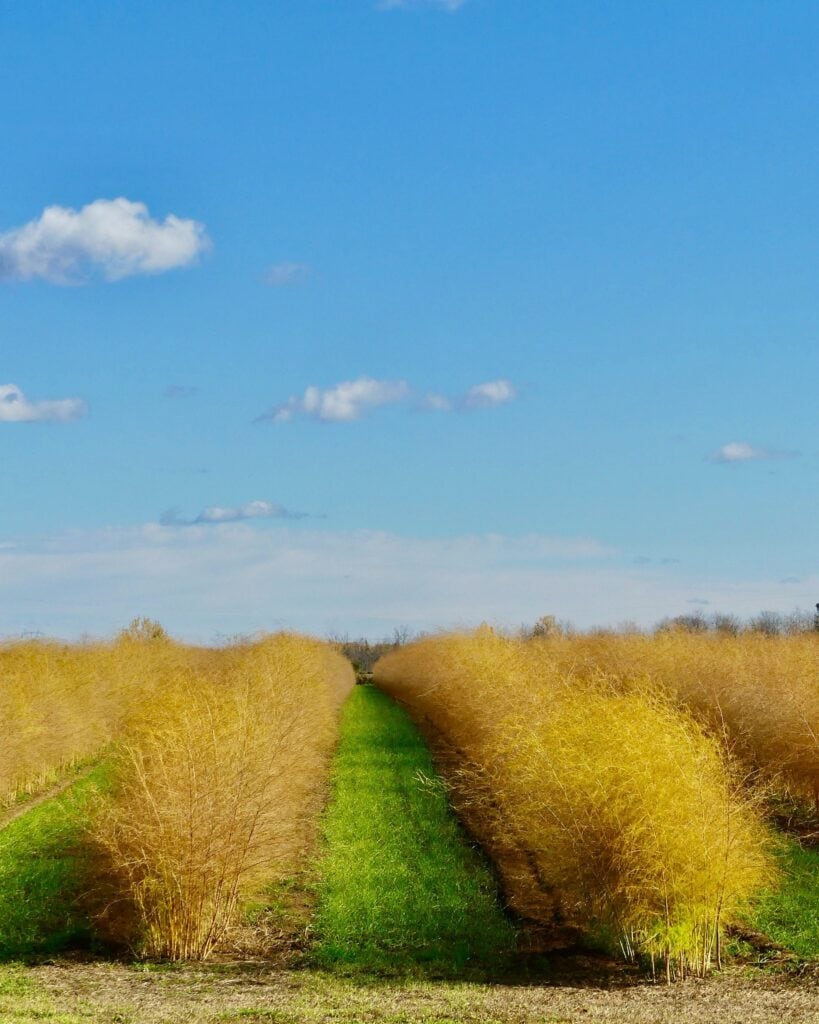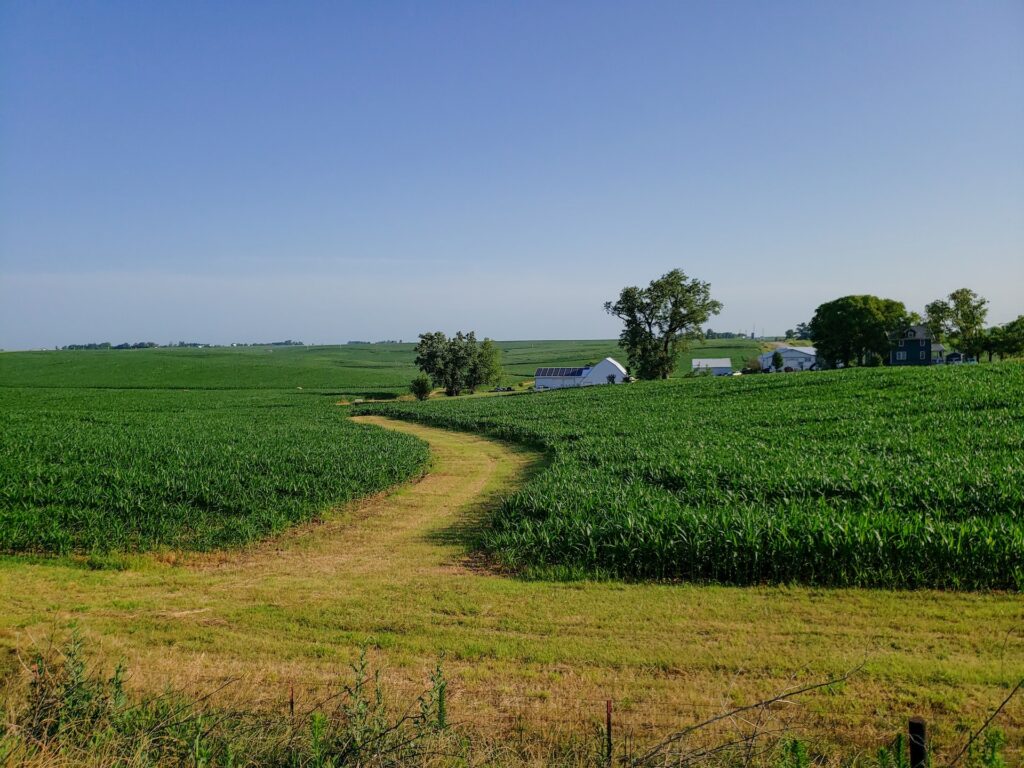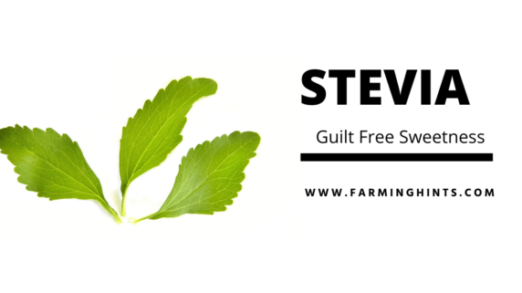No till farming is a modern agricultural technique in which crops are grown without disturbing the soil texture and structure by tillage. No till farming decreases the amount of soil erosion because there is less detachment of soil particles by mechanical forces.
As the population grows daily, natural disasters and unequal distributions of living sources create severe challenges for humans. Food scarcity is one of those challenges. It can be overcome by achieving sustainable agricultural practices. Decades ago, it had been considered that land preparation was very important for better yield. But the regular practices have shown the disadvantages of soil bed preparations or tilling operations.
At present age, zero till or no-till practice is considered a beneficial factor in increasing the yield, decreasing the cost and saving the energy source,labour cost and time.

No-till-farming
Benefits of No till Farming
There are some prominent benefits of no till farming over conventional farming which are discussed in detail in this article. If farmer adopts no till farming, he can get benefits from these very soon.
Increase in Organic Matter
Organic matter has great importance for crop production and soil health. It gives the necessary nutrients to crops. Organic matter components act as a reservoir of nutrients for new crops. For healthy soil, the organic matter must be greater than 1.29%, but Soils in Pakistan have a range of 0.52 to 1.38 per cent. With no till farming, the residue of previous crops can provide the required amount of soil organic matter (SOM). Roots, stems and all the matter left behind in the field after crop harvesting remains and decayed gradually in the field that provides nutrients to the crop grown in the no-till field. Number One factor for productive soils is organic matter that can be increased by avoiding tillage.
Increases Soil Biological Activity
Biological activity is necessary and beneficial for crops’ nutritional needs. Microorganisms are responsible for these activities, which are very important for farming. So they require optimal food conditions and minimal disturbance provided by no-till agriculture. The biological activities of these microorganisms add organic matter. They complete carbon or nitrogen Cycles. In not-tilled fields, decomposition of plant residues at a soil surface increases many life forms in and on the soil. This way, healthy ecology is developed in the area, contributing to fewer flare-ups of damaging insects.
Fertility
No till farming reduces soil erosion. It preserves soil fertility. Tilling damage the earth’s flora and fauna in micro- communities. It is helpful to control pests and their larvae. Mechanical control also destroys beneficial species. No-till helps those microorganisms which are capable of improving soil fertility. They can do these activities in their natural habitats.
Soil Quality
Soil quality is improved by no till farming because it maintains the natural structure and texture of the soil. On the other side, tilling can create a loosened layer of soil that is harmful to soil quality because it may easily compact again under rainfall that can be in the root zone and cause a hindrance to the penetration of the roots.
Artificial Fertilizers Cost
No, till farming also reduce farming cost in another way. Due to the presence of soil organic matter (SOM), there is less need for artificial fertilizers because decayed organic matter can provide necessary nutrients. There is less need for artificial fertilizer, so there is less cost of fertilizers. It is also environmentally friendly because of less leach down of chemicals.
Increase Water Retention
No till farming allows roots to decay in their place that leaves rooms in soil for the aeration of the soil. Water also penetrates through these channels. So No-till farming can increase water to penetrate the soil as well as increase water retention.
Crop residue on the surface can also decay, and the resulting nutrients leach down into the soil. This soil organic matter (SOM) can hold 20 times more water than there weight. This property helps to maintain the moisture content of the soil.
Soil Health
No till farming is much more valuable in drought areas and areas with a high water table. It can manage crop loss in such areas. No till farming also has a good effect on the soil PH, soil acidity, and E.C. of soil.
Less Soil Moisture Loss
Plant residue on the surface is essential in keeping the soil’s moisture and minimizing evaporation. It does not allow the soil surface to dry up. So no till farming keeps that moist surface for a longer duration than that of the tilled one.
No Erosion
Soil Erosion is a very harmful phenomenon in farming because it detaches and carries the nutrients-enriched topsoil from where nutrients leach down below the root zone. In zero-till farming, the previous crop residue can act as a mulch cover which prevents soil, air and water erosion. Tilling can lead to soil erosion from water or wind that can cause loss of valuable organic matter.
Soil Carbon Sequestration
Tillage transfers carbon from soil to the surface. Generally, released carbon gives nutrients to plants. It is a good thing. But it combines with atmospheric oxygen and produces carbon dioxide which results in global warming. In this way, it has an adverse effect also. So no till farming carbon sequestration is an advantage. In the case of no till farming, carbon remains in the ground. That is why reduction of carbon dioxide and no till farming are closely related.
Less Soil Compaction
Heavy machinery and equipment are needed for the tilling because heavy weight and repetitions compact the soil and destroy the structure and texture of the soil. As it is considered that tilling produces a loosened soil surface that is beneficial for root growth and water filtration but tilling produces a temporary soil looseness that is again compacted after heavy rainfall, so there is again need for tillage which means that tillage leads to more tillage and soil goes toward ever-worsening condition No-till soil is less compacted than tilled soil and helps to maintain the structure of the soil.
Reduces Cost of Fuel and Labor
No-till farming can reduce the cost of farming because there is no need to perform bed preparation tilling operations. No operations of tilling also reduce labor costs. Not much tilling process reduces fuel consumption.
Saving Time
Let’s suppose that A farmer who ploughs 10 acres per hour has not ploughed a 1,000-acre field; adopting no till farming will save the 100 working hours used in other businesses. In addition to this time-saving technique on labor costs and equipment maintenance, the farmer will save an additional amount of money each year. In this way, no-till farming saves labor costs and can help plant crops before the soil loses its moisture.
Machinery Maintenance Cost
Agricultural machinery cost, and Machinery maintenance cost will be saved because in no-tilling farming less number of machines are required, and due to less use of them, there is less need for their maintenance.
Adaption to Climate Change
As reported by U.N. Environment Program (UNEP) in their research, no till farming is easily adapted to climate change and has benefits. For example, due to the drought in Kazakhstan in 2012, overall wheat yields were relatively low. But wheat grown by adopting no-till practices produced three times higher yields than previous ones made with tilling.
Less Herbicide Leakage
No-till farm requires less frequent irrigation because its water retention and water holding capacity are much better than the tilled farm, which helps eliminate herbicide leakage.

Disadvantages of No till Farming
-
-
- The initial Cost of No Till Equipment is high. A local farmer cannot purchase expensive machinery.
- No till-farming has more threat of weeds than the crop grown by the tilling method. So there is a need for herbicides. Manual or mechanical methods can also be adopted to uproot these weeds.
- People do not know much about this technology. So they want instant results, but this technology wants time to rehabilitate the soil health and soil organic matter (SOM). Everyone does not agree to learn so they prefer to stick with their conventional thinking and lose more than gain.
-

Conclusion
Sustainability is the future of mankind. All the resources (food, water, and energy) required sustainability for the survival of mankind. An increase in population and a rapid decrease in fossil fuels and other energy resources significantly threaten humanity. All the experts are worried about how to manage food scarcity. How can they produce enough quantity and quality food for those areas where people have nothing to eat? Moreover, agricultural operations will be expensive; freshwater availability will be difficult due to global warming and climate change. All these above reasons fully support No till farming.
Because it requires less field operation to save fuel time and labor, less water requirement by having high water holding capacity and keeping moisture content on the soil surface for a more extended period. It does not demand many artificial fertilizers by giving the organic matter due to decay of previous crop residue that also has a good impact on the environment and resources. So,
sustainability and the future of agriculture is No till farming









